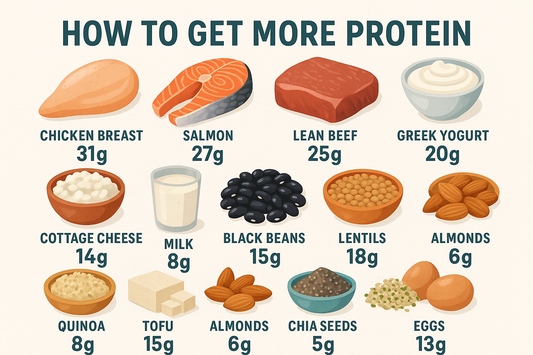The Basics
The first mission the novice bodybuilder must contend with is to build a structurally sound foundation of muscle mass. After a certain amount of time (and after you have built up a respectable amount of raw muscle mass), you will try to shape this raw muscle mass into a more defined, quality build. This is accomplished through the use of straightforward, intense training using heavy weights. For the purposes of muscle hypertrophy, this is not achieved merely though the use of just a couple of exercises, more like thirty to forty exercises, all intended to encourage and develop the major muscle groups of the body. When all’s said and done the end goal is bulk, or the raw material of a pronounced figure. This initial period may persist anywhere between two to five years. The length of the process is determined by a variety of factors such as body type, genetics, and the degree of motivation and energy you are able to place into your training. Whether one person grows quicker or slower than another is of little importance. At the end of the day, what counts is how much effort you’re prepared to apply. What’s more, it is of little consequence how old you might be, or what sort body type you possess, the method is the same and (without question) anyone can do it, that is, intense, unswerving, steady training over a extended period of time.
The ‘Split System’ Approach
Split system training encompasses separating your training so that you train only a particular set of muscles in each session, and not the whole body. Some time ago, people may have strived to train the entire body three times a week. This was doable as only three to four sets were executed per body part. Over time, however, it became more evident that more precise training was essential to both cultivate and shape each muscle. As a result, the split system method came into play. The most basic sort of split system training is to divide the body into two portions, lower-body musculature and upper-body musculature. Then again, you can divide the workout (or the muscles) further so that you take three workout sessions to work the entire body. A classic example of this would be to work the ‘pushing’ muscles in one sitting (i.e., triceps, chest, and shoulders) and the ‘pulling’ muscles (biceps and back) in the following session, shadowed lastly by the legs in the third and final session.
Bibliography
Hoffman, Jay. NSCA’s Guide to Program Design. Champaign, IL: Human Kinetics, 2012.
Housewright, Ed. The official Gold’s Gym guide to getting started in body building. New York: McGraw-Hill, 2005.
Schwarzenegger, Arnold, and Bill Dobbins. The New Encyclopaedia of Modern
Bodybuilding. New York: Simon & Schuster, 1998.











